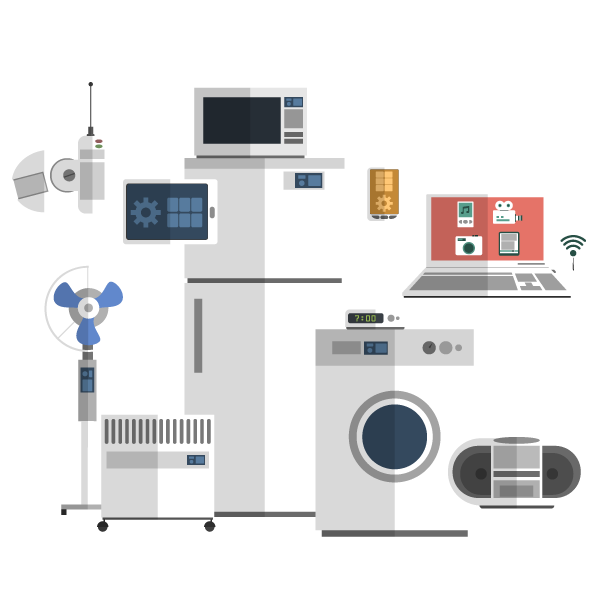In the ever-evolving world of photography, one of the most common dilemmas faced by beginners is choosing between a DSLR (Digital Single-Lens Reflex) camera and a mirrorless camera. Both types of cameras have their unique advantages and disadvantages, making the decision a nuanced one. This article aims to provide a comprehensive analysis of both systems, helping aspiring photographers make an informed choice that aligns with their needs and preferences.
Understanding the Basics: DSLR vs. Mirrorless
Before diving into the specifics, it’s essential to understand the fundamental differences between DSLR and mirrorless cameras.
- DSLR Cameras: These cameras utilize a mirror mechanism to reflect light from the lens up into an optical viewfinder. This allows photographers to see exactly what the lens sees in real-time. DSLRs are known for their robust build, extensive battery life, and a vast selection of lenses and accessories.
- Mirrorless Cameras: As the name suggests, mirrorless cameras do not have a mirror mechanism. Instead, they rely on electronic viewfinders (EVFs) or LCD screens to display the image captured by the sensor. This design typically results in a more compact and lightweight camera body, making them appealing for travel and street photography.
Key Considerations for Beginners
When deciding between a DSLR and a mirrorless camera, beginners should consider several factors:
- Ease of Use
For those new to photography, user-friendliness is paramount. DSLRs often feature a more traditional layout with physical buttons and dials, which can be intuitive for beginners. The optical viewfinder provides a clear, real-time view of the scene, which can be less distracting than an electronic display.
On the other hand, mirrorless cameras have made significant strides in usability, with many models offering touchscreen interfaces and customizable settings. However, the reliance on electronic displays can be overwhelming for some newcomers.
- Size and Weight
One of the most significant advantages of mirrorless cameras is their compact size and lightweight design. This makes them ideal for beginners who may not want to carry heavy equipment. DSLRs, while bulkier, often provide a more substantial grip, which can be beneficial for stability, especially when using larger lenses.
- Autofocus Performance
Autofocus technology has improved dramatically in both systems. Historically, DSLRs had superior autofocus capabilities, especially in low-light conditions. However, many modern mirrorless cameras now feature advanced phase-detection autofocus systems that rival, and in some cases surpass, their DSLR counterparts. For beginners, this means that both options can deliver fast and accurate focusing, although mirrorless systems may have an edge in video autofocus.
- Battery Life
When it comes to battery life, DSLRs generally outperform mirrorless cameras. The optical viewfinder in DSLRs consumes less power than the electronic viewfinder in mirrorless models, allowing for longer shooting sessions without the need for a recharge. For beginners planning to shoot for extended periods, this could be a crucial factor.
- Lens Availability and Ecosystem
Both DSLRs and mirrorless cameras have extensive ecosystems, but the availability of lenses can vary by brand. DSLRs have been around longer, meaning there is a more extensive selection of lenses and accessories available. However, mirrorless systems are rapidly expanding their offerings, and many manufacturers are investing heavily in developing new lenses for these cameras.
Conclusion: Making the Right Choice
Ultimately, the decision between a DSLR and a mirrorless camera will depend on individual preferences and shooting styles. Beginners should consider their specific needs, such as portability, ease of use, and the types of photography they wish to pursue.


